± 2 Kg
This Parma ham is cured in ancient cellars of the Apennine hills. The secrets and expertise of the four Galloni brothers have been passed on to the new generation, who combined the best in modern equipment and technological progress with a deep respect for the time needed to cure meat perfectly. It is the Prosciutto di Parma Association who protects the quality, the authenticity and the full respect of tradition, which has achieved the recognition of the Denominazione di Origine Protetta (DOP). The brand, a ducal crown, identifies the true Prosciutto di Parma, directly on the thigh or on the packages of pre-sliced. It’s a slice of Emilian heritage on your plate! With such a delicate taste, your kids won’t even guess that it’s healthy and full of protein.
Cut it thin and pair it with a sparkling white wine or Lambrusco.
It can be ccompanied by fresh fruit: melon, figs, cherries and even pears.
Prior to opening, boneless ham pieces can be stored for up to six months in the refrigerator. Once opened, the ham should be wrapped in a cotton cloth and refrigerated.
 F.lli Galloni was established in 1960, although the knowledge and experience of the five founding bothers go back much further. They acquired the art of making top quality ham, through careful attention to every phase of production: from the selection of the raw material, to processing through to curing. When, the new production requirements started affecting some of the basic rules which the very essence of real Parma ham depends on, Fratelli Galloni, chose to aim for superior quality right from the onset, by applying a production process that would have the right balance of modern technology and traditional procedures. Fratelli Galloni is still run by two members of the same family, who jealously preserve the wealth of knowledge handed down to them keeping a long family tradition alive.
F.lli Galloni was established in 1960, although the knowledge and experience of the five founding bothers go back much further. They acquired the art of making top quality ham, through careful attention to every phase of production: from the selection of the raw material, to processing through to curing. When, the new production requirements started affecting some of the basic rules which the very essence of real Parma ham depends on, Fratelli Galloni, chose to aim for superior quality right from the onset, by applying a production process that would have the right balance of modern technology and traditional procedures. Fratelli Galloni is still run by two members of the same family, who jealously preserve the wealth of knowledge handed down to them keeping a long family tradition alive.
The main reason behind the success of F.lli Galloni Spa, leaders in the production of Prosciutto di Parma, lies in their ability to combine their pursuit of maximum product quality with a consumer-oriented approach to the market as well as in their respect for traditional, natural processing methods combined with the adoption of the modern equipment made available through technological progress and food processing research.


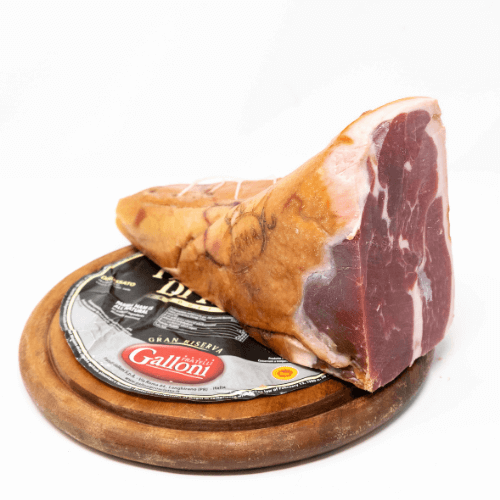
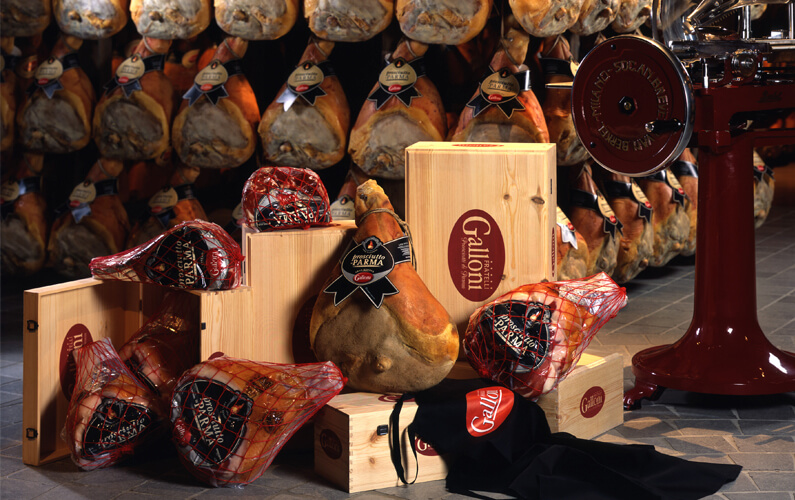
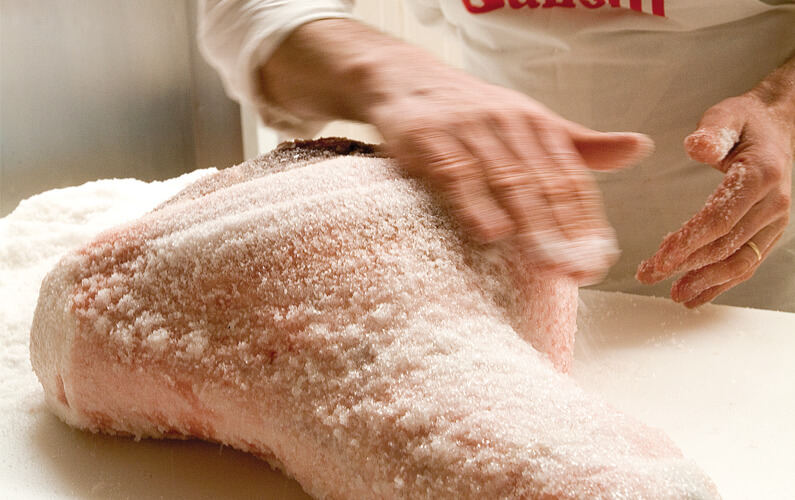
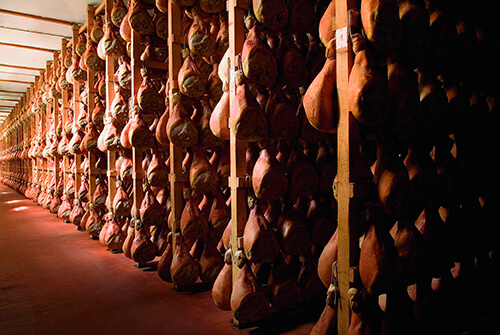

 F.lli Galloni was established in 1960, although the knowledge and experience of the five founding bothers go back much further. They acquired the art of making top quality ham, through careful attention to every phase of production: from the selection of the raw material, to processing through to curing. When, the new production requirements started affecting some of the basic rules which the very essence of real Parma ham depends on, Fratelli Galloni, chose to aim for superior quality right from the onset, by applying a production process that would have the right balance of modern technology and traditional procedures. Fratelli Galloni is still run by two members of the same family, who jealously preserve the wealth of knowledge handed down to them keeping a long family tradition alive.
F.lli Galloni was established in 1960, although the knowledge and experience of the five founding bothers go back much further. They acquired the art of making top quality ham, through careful attention to every phase of production: from the selection of the raw material, to processing through to curing. When, the new production requirements started affecting some of the basic rules which the very essence of real Parma ham depends on, Fratelli Galloni, chose to aim for superior quality right from the onset, by applying a production process that would have the right balance of modern technology and traditional procedures. Fratelli Galloni is still run by two members of the same family, who jealously preserve the wealth of knowledge handed down to them keeping a long family tradition alive.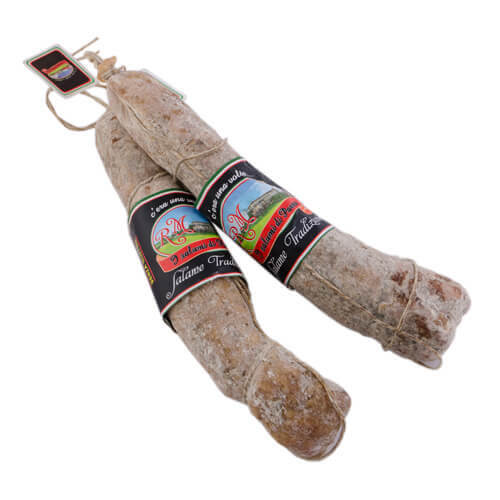
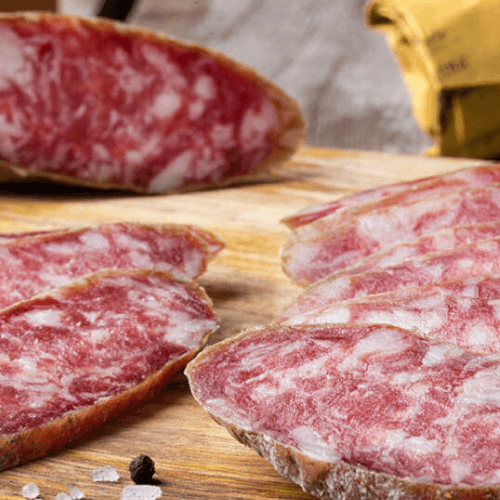
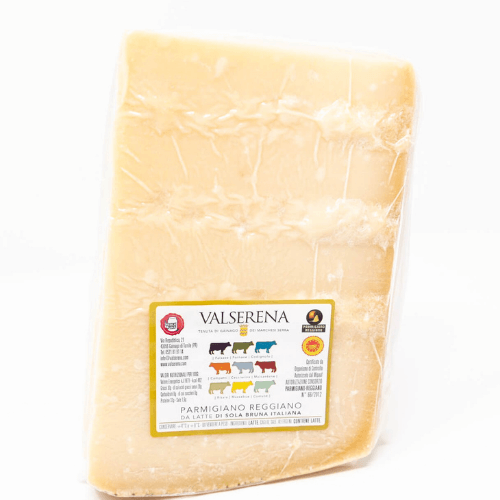

Recent comments: